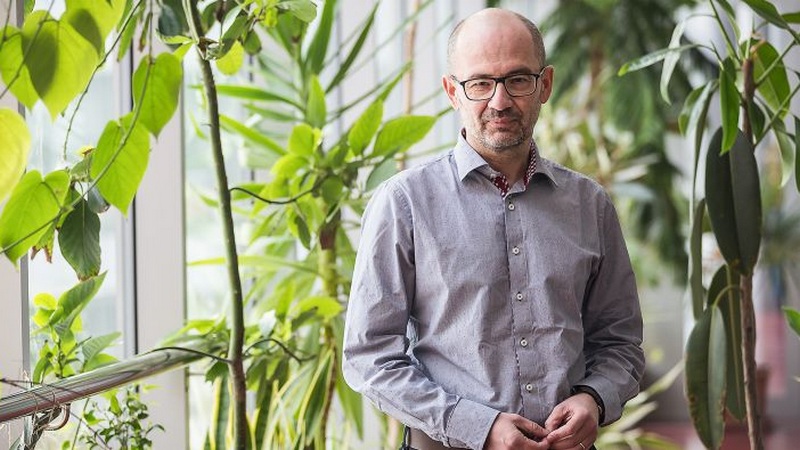04.12.2023
Central European flora may be older than thought
Biogeographers have traditionally believed that most plant species in Central Europe became extinct during the last glacial maximum 26 to 19 thousand years ago, and the present flora of the region is largely the result of postglacial recolonization from southern and eastern refugia. However, recent palaeoecological and genetic studies suggest that this postglacial recolonization hypothesis may not be valid for many species.
It is still unclear what proportion of species survived the last glacial maximum in Central Europe and how many immigrated later.
A team of biologists, including Milan Chytrý, an expert in diversity and ecology of plant communities from the Faculty of Science of Masaryk University in Brno (and a member of the Learned Society), tried to find out. They conducted a simple test, the results of which were published in the journal Biological Reviews of the Cambridge Philosophical Society.
"We took the current flora of Hungary and checked the lowest mean annual temperature across the global distribution range of each species. We found that about 80% of the native species of the Hungarian flora (1404 of 1748 species) can occur under temperatures as cold as or colder than the temperatures estimated by climate models for Hungary during the last glacial maximum (≤+3.5°C). This implies that for a large majority of Hungarian (and Central European) flora, there is no reason to assume that they went extinct during this glacial maximum," the authors of the study write.

It was previously assumed that all Pannonian Basin ecosystems were species-poor during the last glacial maximum, but a new study suggests that grasslands and forests may have been species-rich under the cool climate of the last glacial maximum.
Illustration by Márton Zsoldos, CC BY 4.0 DEED
Until now, species were assumed to have gone extinct and repopulated Central Europe until the opposite was proven. Based on the new findings, the authors suggest reversing this assumption, and the default expectation for the Central European flora should be its continuity. Let us assume that a species has survived the last glacial maximum unless there is evidence that it went extinct.
The long-term continuity of the region's flora may have fundamental implications not only for understanding local biogeography and ecology but also for developing conservation strategies that focus on protecting ancient, species-rich ecosystems and local gene pools.

Milan Chytrý
Photo Masaryk university
Original article: Molnár Á. P. et al.: Is there a massive glacial-Holocene flora continuity in Central Europe? Biol. Rev. Camb. Philos. Soc. 2023 Dec;98(6):2307-2319.
https://doi.org/10.1111/brv.13007